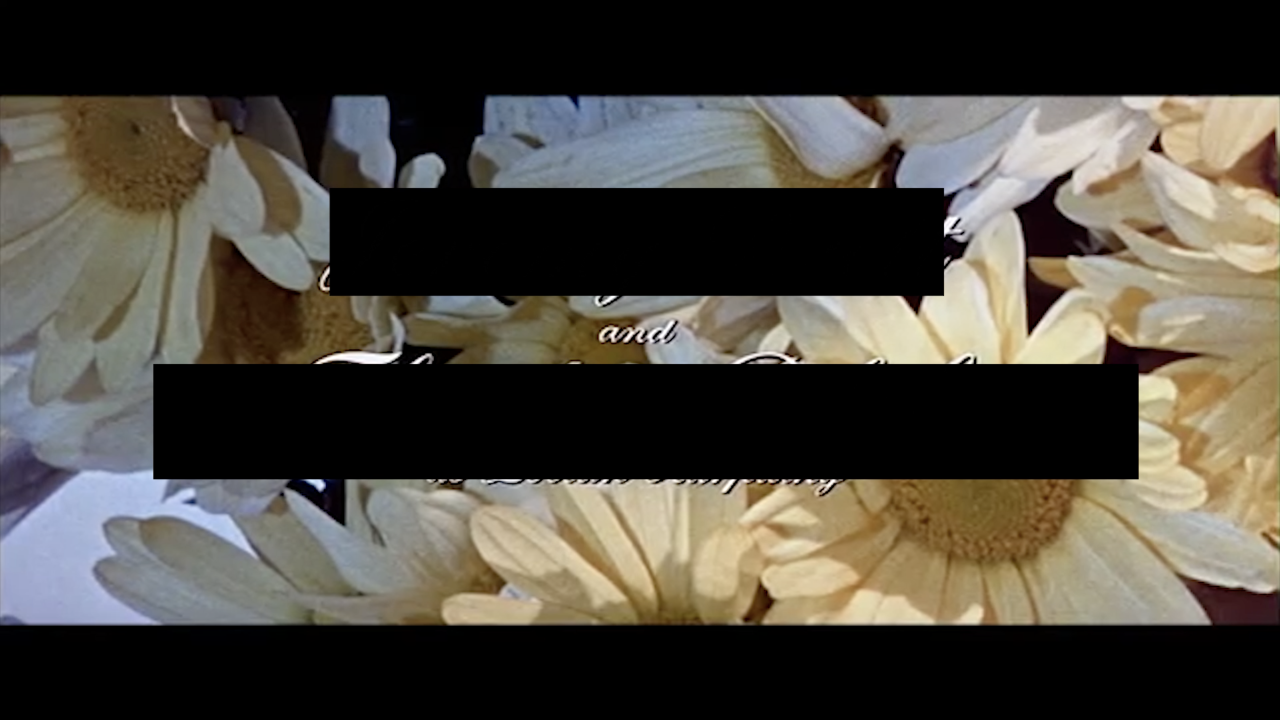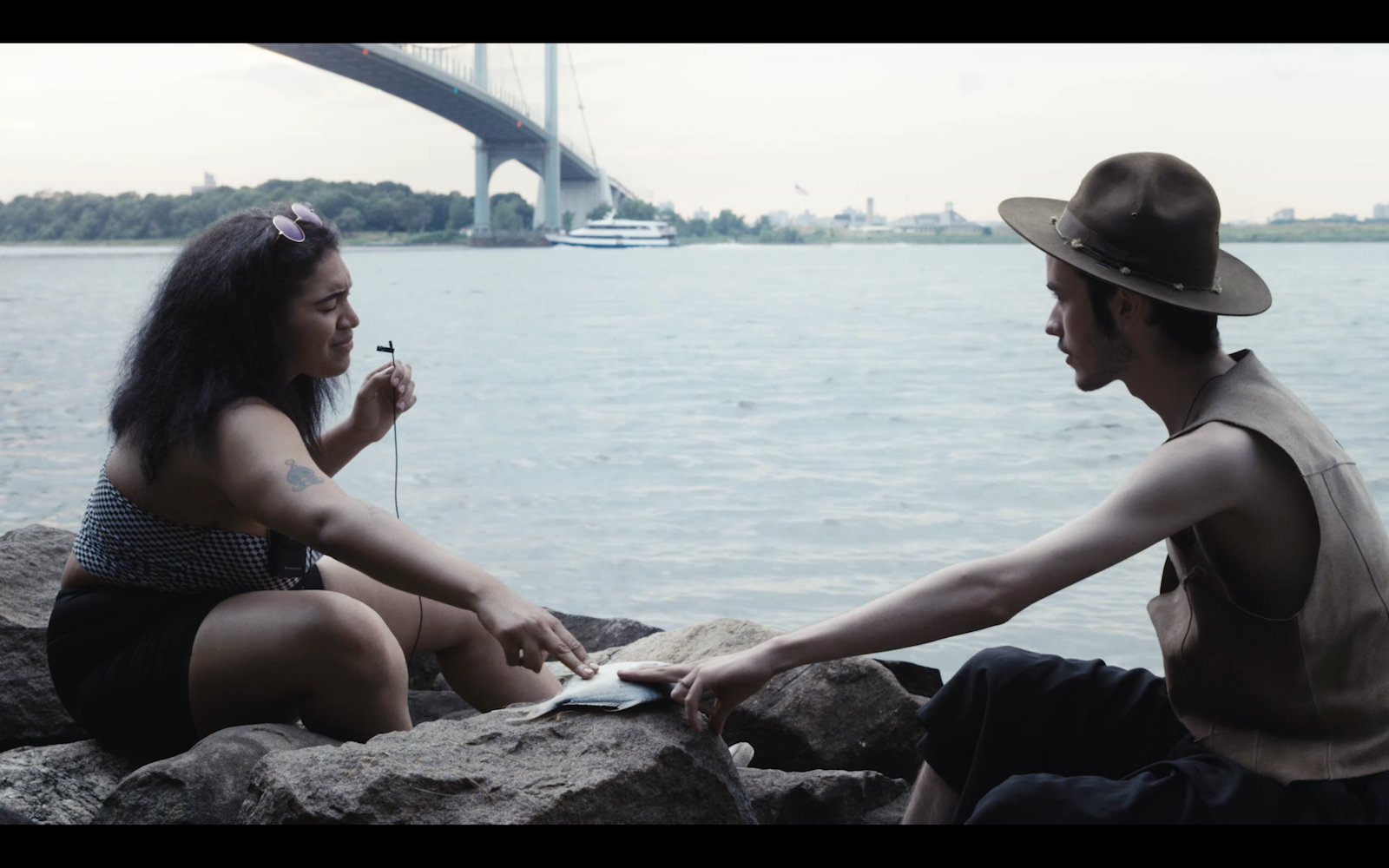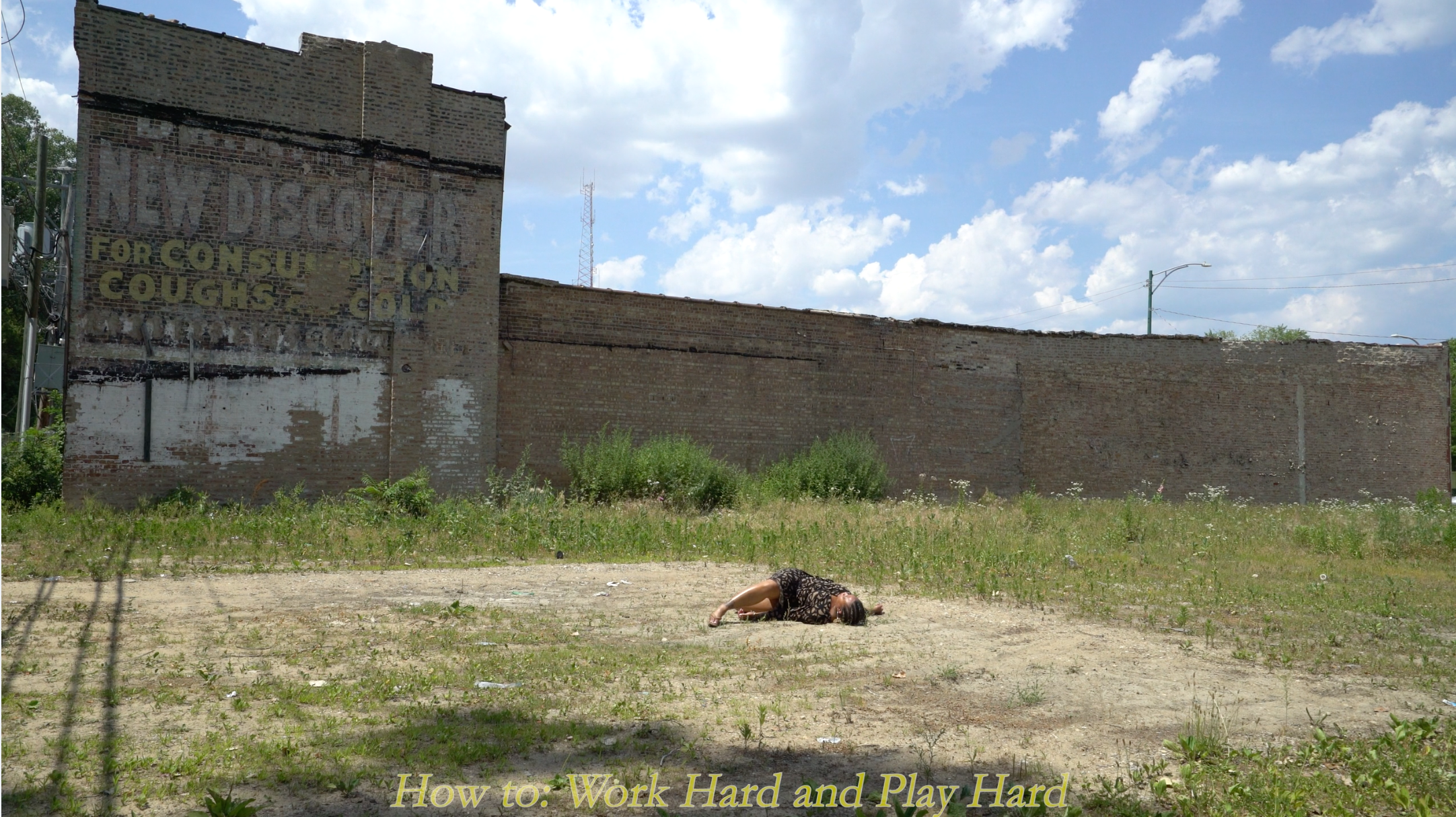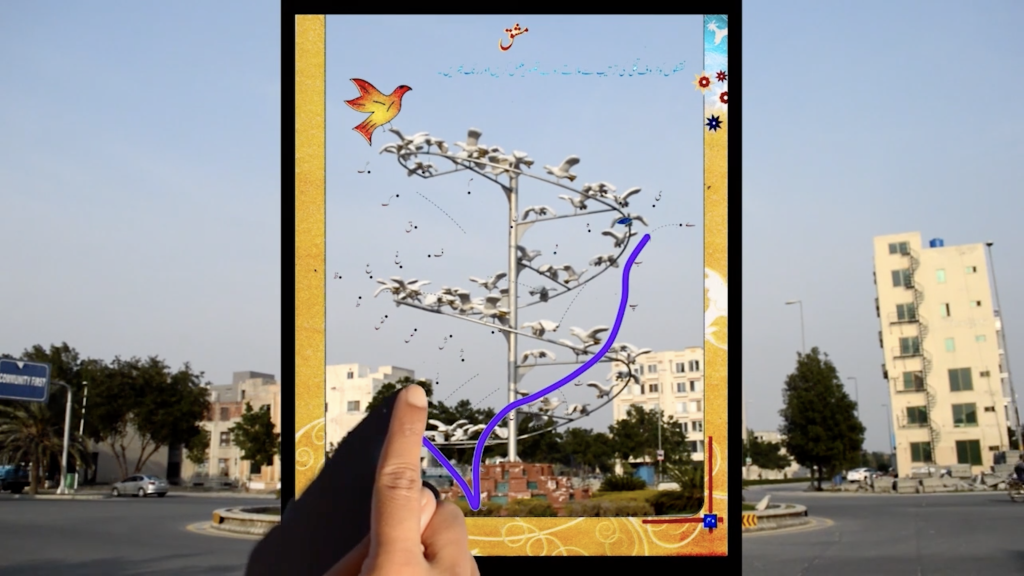
On View: January 19
This Video Viewing Room features Abbey Williams’s Intermission (2018) and Overture (2020), alongside a text written by Legacy Russell and excerpts from films that the artist references in her work.
This presentation is organized by Legacy Russell, Executive Director and Chief Curator.
For its first Video Viewing Room of the 2022 season, The Kitchen presents Abbey Williams and her two moving image works Overture (2020) and Intermission (2018). Across these works the artist negotiates the structural question of a historical archive as a conflicted site of simultaneous erasure and protective enclosure, alongside systems of visual culture as they intersect with Black womxnhood, complicating what is necessarily seen and what is necessarily left unseen. Williams shapes intimate anti-portraits that, in directly refusing Black figural representation, apply what feminist author and activist bell hooks terms an “oppositional gaze,” a counternarrative and counterviewership that disrupts the power embedded in the act of looking.
In Intermission, Williams calls forth funk and soul singer Ada Ray through the haunting layering of Ray’s song “I No Longer Believe in Miracles” (1962). Entwined with Ray’s vocals, Williams shows monochromatic tiles shifting on the screen, an eerily empty stage in changing light, viewed from above, Ada Ray just out of reach. Ray herself was a member of the Bronx-based American girl-group the Jaynetts, known for their hit “Sally Go ’round the Roses” that reached No. 2 on the charts in 1963, the same year JFK was assassinated. The group’s success was short-lived, disbanding in 1965; since then the music and Ray’s legacy has been largely underrecognized, with Ray passing away in 2012. Thirty-three seconds into this rare track we hear Ray performing a moment of breakdown, a weeping that prompts the music to come to a halt and a voice “off-stage” (perhaps spoken by Ray herself, an internal monologue, made external) to call out: “Ada, pull yourself together, we have a record to do!” An intermission inside of an intermission, Williams in this pairing triggers the senses. The artist challenges the audience to hold and make space for Ray in ways beyond a sight set solely to consume her budding celebrity within the moment the record was made, giving her a gentle spotlight, long past due.
Williams continues to explore an oppositional gaze as an exercise in her Overture (2020), which splices together parts of the 1964 musical dramedy My Fair Lady that grapple with the politics of gender and class—a film reshaped from George Bernard Shaw’s 1913 play Pygmalion, drawing from Greek mythology. Also interwoven are contemporary hip-hop recordings by Black female artists such as CupcakKe’s “Doggy Style” (2016), Princess Nokia’s “Tomboy” (2017), and Khia’s “My Neck, My Back” (2002). The artist makes known her hand by applying the editorial strategy of redaction in the form of black stripes that appear intermittently across the screen, barring the legibility of text and images. Theorist Christina Sharpe’s Black redaction and Black annotation as ways of mediating viewership take on new shape and form via Williams’s application. This, alongside visual splicing and sonic remix, creates moments of disembodied atemporality and optical disconnection that, in their opacity, shift the possibilities of direct readership.
Williams considers overture in its dual definition: mutually as a type of introduction and an orchestral precursor to a performance. Williams’s redactions take us from a cinematic space to a cosmic space, a blackness that in taking over the screen becomes so all-encompassing in its encryption of information that the only place left to go is up and into the stars, a constellation that proposes a celestial afterlife of Black femmehood, held tenderly in its expansiveness.
BIO
Abbey Williams lives and works in New York City, where she was born and raised. Her work has been exhibited at TATE Britain, London, UK; National Gallery of Victoria, Melbourne, Australia; Reina Sofia Museum, Madrid, Spain; Hammer Museum, Los Angeles, CA; The Center for Contemporary Art, Tel Aviv, Israel; The Studio Museum in Harlem, New York, NY. Williams was a part of the 2005 Greater New York exhibition at MoMA PS1. Solo exhibitions in New York include Foxy Production, Bellwether Gallery, Sargent’s Daughters, and in Philadelphia at the Philadelphia Art Alliance. Williams holds a BFA from the Cooper Union, an MFA from Bard College, and was a participant at the Skowhegan School of Painting and Sculpture. Her work has been written about in The New York Times, Hyperallergic, Flash Art, and Artforum.
CREDITS & FOOTNOTES
Videos:
- Abbey Williams, Intermission, 2018. HD video (color, sound; 3:08). Courtesy of the artist. 2) Abbey Williams, Overture, 2020. HD video (color, sound; 4:18). Courtesy of the artist. 3) Excerpt from Alfred Hitchcock, Vertigo, 1958. 4) Excerpt from George Cukor, My Fair Lady, 1964.


